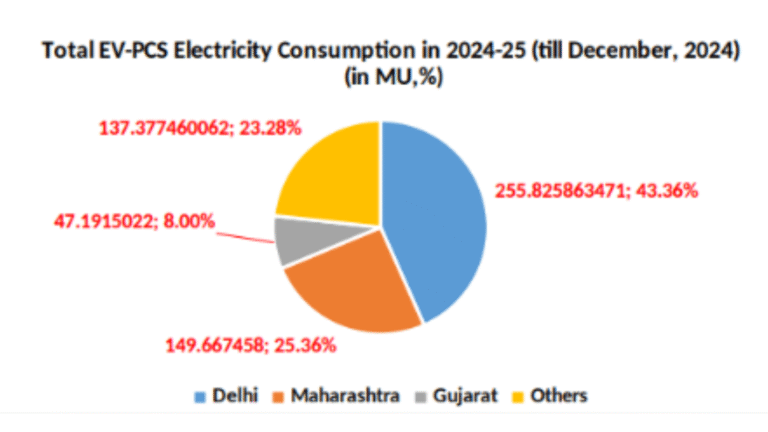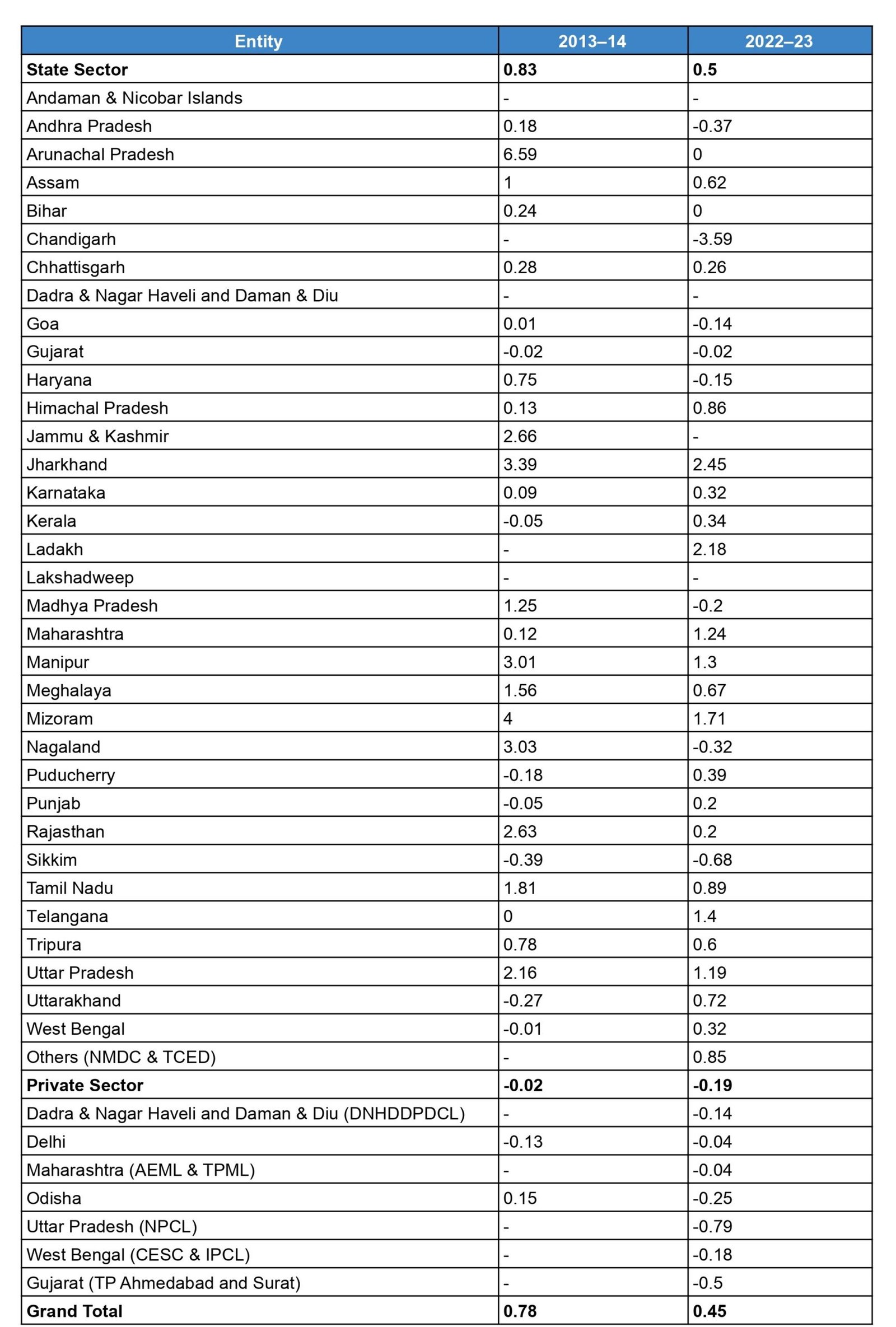Author: PPD Team Date: 07/04/2025

Similar Posts
Why solar components remain expensive in the US
Author: PPD Team Date: 20/05/2025 In much of Southeast Asia, solar components are priced significantly lower than in the United States. A 600W Tier 1 solar panel from Canadian Solar or Jinko costs around $80. A 12kW inverter from Deye (marketed as Solar-Aark) is priced at $1,700. A 14.3kWh Dyness battery is available for $1,750. These are end-user prices from distributors, including warranty support. In contrast, solar system quotes in the US can reach…
The future of wind energy: Rising costs, shifting markets, and global divides
The entire world is grappling with geopolitical uncertainty due to the prolonged war between Russia and Ukraine, the tussle for economic power between the USA and China, and the conflict between Israel and Hamas. This is resulting in increased inflation, demand uncertainty, disrupted supply chains, and rising unemployment. Amid all this, one sector has become a core concern—electricity. The world has adopted a combination of conventional and renewable energy (RE) sources in its electricity…
Status of FGD installation in India
Author: PPD Team Date: 08/01/2025 Emissions from coal-based thermal power plants (TPPs) release sulfur dioxide (SO2), nitrogen oxides (NOx), carbon monoxide (CO), and particulate matter (PM), impacting the environment and human health. SO2 can oxidize in the atmosphere, forming sulfate (SO4) particulate matter. To address these concerns, the Ministry of Environment, Forest and Climate Change (MoEF&CC) revised air pollution norms on December 7, 2015. The new standards set limits for PM2.5, SOx, NOx, and mercury…

Electric Vehicle Charging Infrastructure Status
Author: PPD Team Date: 18/04/2025 The Ministry of Power (MoP) issued the “Guidelines for Installation and Operation of Electric Vehicle Charging Infrastructure – 2024” on September 17, 2024. These guidelines aim to standardise and promote the development of EV charging infrastructure across India. The electric vehicle (EV) charging stations require no license under the Electricity Act, 2003. These guidelines aim to create an accessible, affordable, and efficient nationwide EV charging network in both urban and…
Reactors in Transmission and Distribution
Author: PPD Team Date: 23/09/2024 Reactors help in controlling power flow, enhancing voltage stability, and minimizing the risk of faults within increasingly complex power systems. Reactive power, unlike active power, does not transfer energy from source to load but is necessary for voltage control and maintaining the stability of alternating current (AC) systems. Reactors, by providing inductive reactance, absorb excess reactive power in the system, thereby controlling voltage rise, which is especially important during light-load…
Nuclear Threats in the Russian Arctic: From Soviet Collapse to the Ukraine War
Author: PPD Team Date: 18/02/2025 The following speech was given by Bellona nuclear expert Dmitry Gorchakov at the Arctic Frontiers conference, which was in session in Tromsø, Norway. Nuclear activity in the Arctic region of Russia has been ongoing for over 70 years. More than 100 nuclear tests were conducted here, and more than a hundred nuclear-powered submarines, military ships, and civilian vessels were built, operated, and decommissioned here. Several nuclear power plants, dozens of…
Why solar components remain expensive in the US
Author: PPD Team Date: 20/05/2025 In much of Southeast Asia, solar components are priced significantly lower than in the United States. A 600W Tier 1 solar panel from Canadian Solar or Jinko costs around $80. A 12kW inverter from Deye (marketed as Solar-Aark) is priced at $1,700. A 14.3kWh Dyness battery is available for $1,750. These are end-user prices from distributors, including warranty support. In contrast, solar system quotes in the US can reach…
The future of wind energy: Rising costs, shifting markets, and global divides
The entire world is grappling with geopolitical uncertainty due to the prolonged war between Russia and Ukraine, the tussle for economic power between the USA and China, and the conflict between Israel and Hamas. This is resulting in increased inflation, demand uncertainty, disrupted supply chains, and rising unemployment. Amid all this, one sector has become a core concern—electricity. The world has adopted a combination of conventional and renewable energy (RE) sources in its electricity…
Status of FGD installation in India
Author: PPD Team Date: 08/01/2025 Emissions from coal-based thermal power plants (TPPs) release sulfur dioxide (SO2), nitrogen oxides (NOx), carbon monoxide (CO), and particulate matter (PM), impacting the environment and human health. SO2 can oxidize in the atmosphere, forming sulfate (SO4) particulate matter. To address these concerns, the Ministry of Environment, Forest and Climate Change (MoEF&CC) revised air pollution norms on December 7, 2015. The new standards set limits for PM2.5, SOx, NOx, and mercury…

Electric Vehicle Charging Infrastructure Status
Author: PPD Team Date: 18/04/2025 The Ministry of Power (MoP) issued the “Guidelines for Installation and Operation of Electric Vehicle Charging Infrastructure – 2024” on September 17, 2024. These guidelines aim to standardise and promote the development of EV charging infrastructure across India. The electric vehicle (EV) charging stations require no license under the Electricity Act, 2003. These guidelines aim to create an accessible, affordable, and efficient nationwide EV charging network in both urban and…
Reactors in Transmission and Distribution
Author: PPD Team Date: 23/09/2024 Reactors help in controlling power flow, enhancing voltage stability, and minimizing the risk of faults within increasingly complex power systems. Reactive power, unlike active power, does not transfer energy from source to load but is necessary for voltage control and maintaining the stability of alternating current (AC) systems. Reactors, by providing inductive reactance, absorb excess reactive power in the system, thereby controlling voltage rise, which is especially important during light-load…
Nuclear Threats in the Russian Arctic: From Soviet Collapse to the Ukraine War
Author: PPD Team Date: 18/02/2025 The following speech was given by Bellona nuclear expert Dmitry Gorchakov at the Arctic Frontiers conference, which was in session in Tromsø, Norway. Nuclear activity in the Arctic region of Russia has been ongoing for over 70 years. More than 100 nuclear tests were conducted here, and more than a hundred nuclear-powered submarines, military ships, and civilian vessels were built, operated, and decommissioned here. Several nuclear power plants, dozens of…
Why solar components remain expensive in the US
Author: PPD Team Date: 20/05/2025 In much of Southeast Asia, solar components are priced significantly lower than in the United States. A 600W Tier 1 solar panel from Canadian Solar or Jinko costs around $80. A 12kW inverter from Deye (marketed as Solar-Aark) is priced at $1,700. A 14.3kWh Dyness battery is available for $1,750. These are end-user prices from distributors, including warranty support. In contrast, solar system quotes in the US can reach…
The future of wind energy: Rising costs, shifting markets, and global divides
The entire world is grappling with geopolitical uncertainty due to the prolonged war between Russia and Ukraine, the tussle for economic power between the USA and China, and the conflict between Israel and Hamas. This is resulting in increased inflation, demand uncertainty, disrupted supply chains, and rising unemployment. Amid all this, one sector has become a core concern—electricity. The world has adopted a combination of conventional and renewable energy (RE) sources in its electricity…

